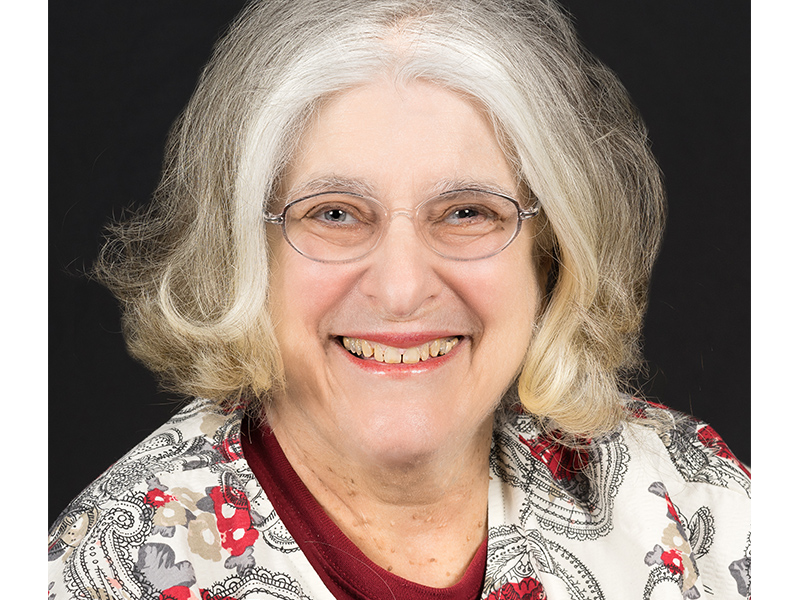MONTREAL – Beverly Spanier was only in her early 60s when she started having trouble walking.
Always an independent, take-charge person, she had been a respected high school teacher in the public system and a tough negotiator as a union representative.
She enjoyed travel and outdoor activities, and was active in her synagogue.
Her increasing immobility was eventually diagnosed as a serious spinal cord problem. Delicate neurosurgery in 2013 left her paraplegic. Her ability to do for herself continued to decline, and she needed constant care to remain at home.
Last year, Spanier fell and suffered her second leg fracture.
READ: 99-YEAR-OLD RAISES FUNDS FOR LESS-FORTUNATE SENIORS
In October, the inevitable happened: she had to give up her condo and enter a nursing home, under Jewish community auspices, at age 70. Living in a large institution, relying on others for her most intimate daily needs and being surrounded by people who are even worse off, led her to the existential question “Who am I?”
“Suffering” is not a word she shies from to describe her experience and that of many of her fellow residents.
That’s why Spanier chose Tears, Suffering and the Helping Hand as the title of a digital booklet she has written and is distributing freely.
Writing these 20 pages and illustrating them with her own paintings was, first of all, therapeutic. It’s a meditation on how to find meaning when all that seemed to define oneself is lost.
But the unexpectedly positive response she has received about the book with little publicity, especially from health-care professionals, has made her realize her simple words may provide comfort to others.
This is not to suggest Spanier is Pollyannish. She writes: “For me, to suffer means the level of discomfort that one goes through is greater than the coping mechanism that one has…The issues are so great that daily living is a battle…”
She tries to put her situation within the context of catastrophic suffering, such as the Holocaust, which her father survived, and wars and terrorism of today.
“Doctors have told me it is a sensitive work, and that they want to show it to their students,” Spanier said in an interview. She would like it to be a teaching tool.
“Among those residents here who have been able to read it, they said it makes them feel less alone because someone understands what they are going through.”
Spanier has found meaning in doing what she can for her fellow residents, many of whom have dementia. Crafts have always been a hobby, and at every holiday, she makes cards and little gifts.
“Volunteering within your own institution will relieve your suffering,” she writes.
She finds solace in her religious faith, especially in the sense of community that Judaism provides. She works hard to keep in contact with friends and continues to organize social events with them.
Remembering happier times, rather than causing pain at their loss, also soothes, she says.
READ: STRONG BELIEFS COME TO THE AID OF MANY SENIORS
Spanier has always been a person of action and she has recommendations to alleviate suffering.
Number 1 is that those providing care to the sick elderly be trained in compassion. Spanier goes further and urges that senior high school students – a demographic she knows well – be required to spend at least 20 hours a year helping children or adults who are suffering.
“We operate in a society where there is far too much isolation,” she writes.
A pdf of Tears, Suffering and the Helping Hand can be obtained through the Alex Dworkin Canadian Jewish Archives, where Spanier’s papers are housed.
